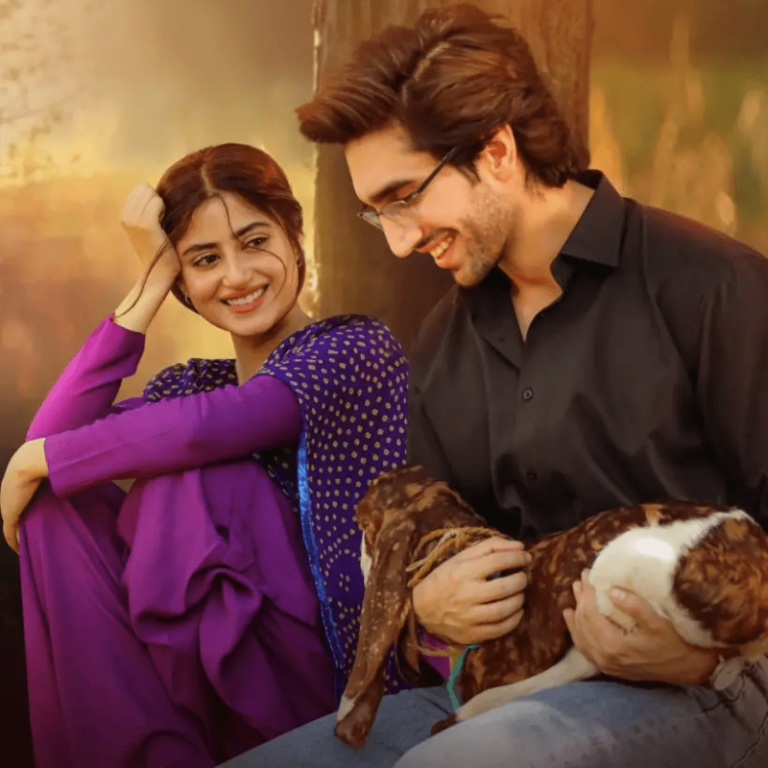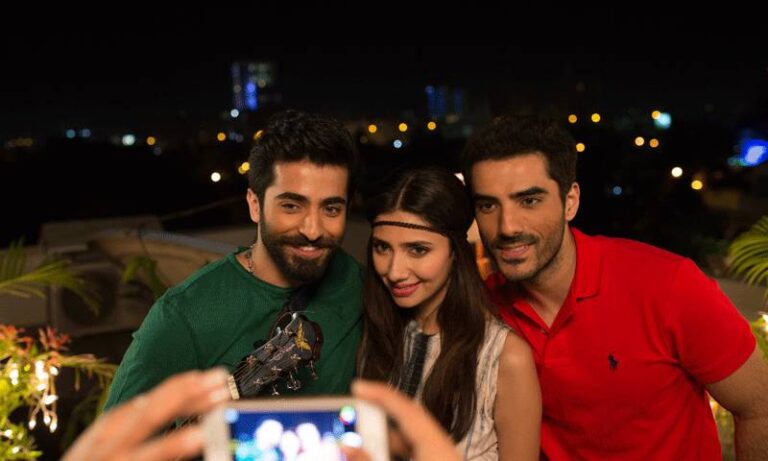Asalaam walaikum, Namaste, aur Hello! Baday sareer ki drama aur filmon ki deewani awam ki taraf say dramapakistani.net kay saaray readers ko pyaar bhara salaam. My elders, or as many of us would have heard meray bozorg, always told me pleasantries are best expressed in one’s own language.
As with all things old, they were right. Incidentally, it was with “all things old” that my obsession with dramas began. I remember vividly to this day my first Pakistani drama, Aanghan Tedha, which I watched with Nani Ami in a sweltering 40-something degree Indian summer (that Indian is quite literal!).
Those were the days when vacations comprised of packing and visiting the grandparents all summer long. Between “bahar maat jao kalay ho jao gay” and “yeh lo karela ka paani piyo sayhat kay liye accha hai” there wasn’t much left to do. Enter dramas and films.
Now, I grew up, as most of my generation did, with parents that had a strict aversion to films, Bollywood was bad enough let alone Lollywood, and truth be told how many parents wanted their children listening to Madam Noor Jehan bellowing “Maino note wakha mera mood banay” at the top of her lungs or Maula Jatt brandishing his gandasa?
Dramas, on the other hand, escaped that criticism, perhaps, because of their close relationship to the Urdu novel or maybe the perceived cleanliness of the industry; irrespective they simply became default entertainment.
As if maneuvering what to watch and what not to wasn’t hard enough, how to get your hands on Pakistani dramas in the middle of India’s hinterland was another battle. Since I was lucky enough to go back to Amritsar this posed to be a rather simple obstacle. Pirated tapes, yes, the VHS ones (those were the days!) would make their way across a rather protected Wagah border, as would Punjabi juttis, Lucknawi chikan, and Pakistani lawn.
And this exchange worked both ways, thus, reinforcing for me at a very early age that physical and political borders aside ours were very similar stories. At home, for instance, Urdu was and continues to be the vernacular, Punjabi was written in the Urdu script, or what is known as Shahmukhi, accents and dialects connect us to Lyallpur (now Faisalabad) and Gujranwala, and needless to state the countless friends and relatives that we continue to keep in touch with.
Recent forays by Ali Zafar and Fawad Khan in India along with the popularity of Alka Yagnik and Lata Mangeshkar in Pakistan are testament to this rich and wholesome two-way exchange. Thus, it should come as no surprise why someone growing up in India in the early 1990s can enjoy Pakistani television as much as the Pakistanis themselves.
Dhoop Kinaray, Uraan, Tanhaiyaan, Badar Khalil, Anwar Maqsood, and Bushra Ansari, and now Humsafar, Zindagi Gulzar Hai, and Shehr-e-Zaat, all are interwoven in my television landscape, as much now as they were back then, because of the stories they tell. Stories, I believe, have no borders. Amrita Pritam’s Aaj Akhan Wari Shah Nu today happens to be more popular in Pakistan just as Allama Iqbal’s Taranah-e-Hind is India’s unofficial national song.
It is, after all, the power of these stories whether they are televised, released in cinemascope, or sung in mushairas that move us, inspire us, or just simply give us a momentary escape from reality, sometimes a tad bit too escapist, if you ask me.
A good story, though, requires an equally good storyteller and that is the strength of our dramas. Would Aaghan Tedha be the same without Maqsood’s biting satire of an honest bureaucrat? Could Tanhiayan bring us to tears over and over again were it not for Haseena Moin’s flawless script? And would we ever have been glued to our television sets had it not been for the spine tingling suspense around Khirad and Ashar (Humsafar) or Kashaf and Zaroon (Zindagi Gulzar Hai)?
No matter how good a story might be or how accomplished the storyteller, nothing substantial can ever be achieved without a good cast. Our actors bring to life the passion and pain, the love and longing, and the pathos and suffering of some of Pakistani television’s most notable characters.
Mahira Khan’s heartbreaking transformation from a wife to a single mother in Humsafar, Sameena Peerzada’s naseeyats and pyar as Ami in Zindagi Gulzar Hai, Badar Khalil’s emphatic and easily recognizable voice, and Bushara Ansari’s effortless mimicry have left an undeniable mark on our understanding of these characters and their stories.
It is with this experience of a stellar television industry that I come on board Drama Pakistani as a reviewer. I don’t promise to limit my reviews to dramas, the team does a good job of them, and thus, time and again, you’ll see me writing about Pakistani films (and someone’s got too!).
I confess I haven’t seen a lot of Pakistani films (not as many as Bollywood that’s for sure!) but from what I’ve seen – Bol, Khuda Ke Liye, Waar, Zibahkhana, and Zinda Bhaag – I can easily say that this journey will be anything but dull like those summer holidays, a decade or so ago, that first pushed me to the realm of Pakistani television.
I welcome you all to partake with me in the joys and sorrows, the ups and downs, and the happy and not-so-happy in the following reviews. I look forward to your opinions and comments and what you think of these stories. After all, it is stories that bring us together, that help us imagine beyond our horizons, and finally, sustain us.
Aapki bahut meherbani.
RB








 Leech trailer is here!
Leech trailer is here! 





 Judwaa is BACK!
Judwaa is BACK! 


